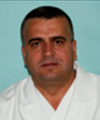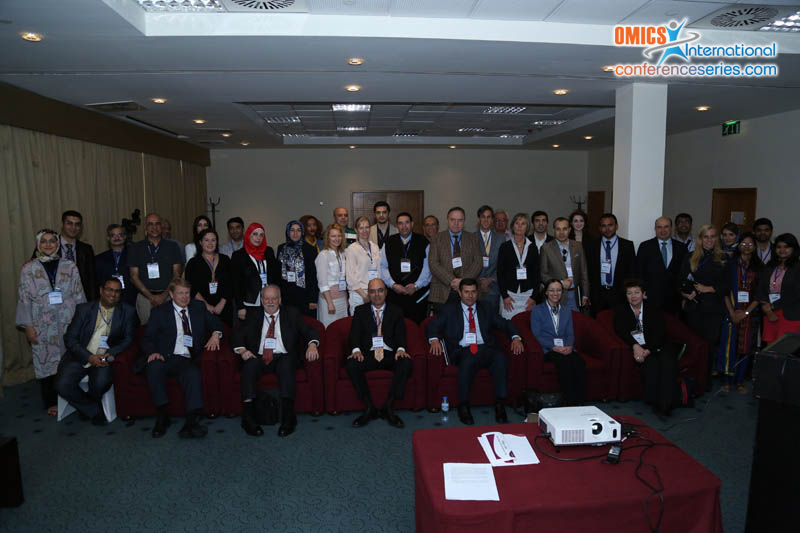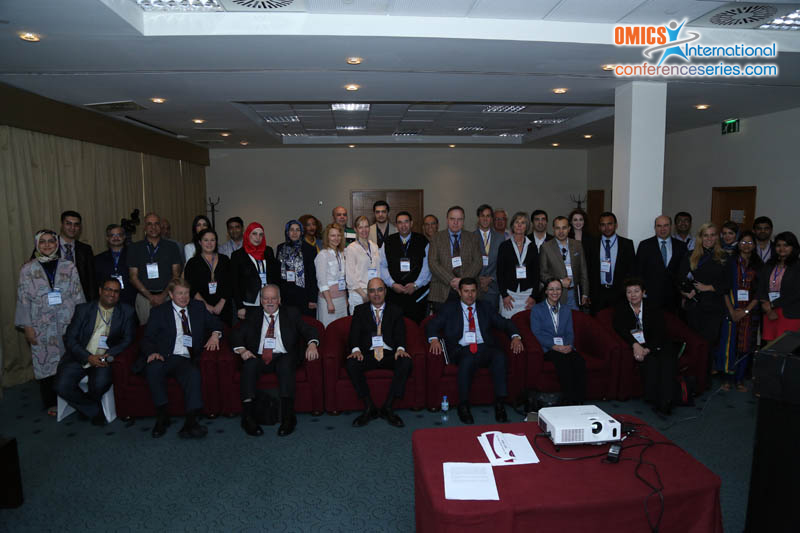
Shefqet Mrasori
University of Hasan Prishtina, Republic of Kosovo
Title: Endodontic Treatment Frequency and Distribution in two private dental clinics in Prishtina-Kosovo
Biography
Biography: Shefqet Mrasori
Abstract
Objectives: The aim of this study was to validate the frequency and distribution of endodontic treatment needs in two private dental practices in Prishtina-Kosovo. Materials and Methods: Data was assembled from the patients’ dental records. During three year period (2011 – 2013), 576 teeth from 498 individuals (age range 9-88 years) were endontically treated at “Flori Dent†and “Visari Dent†private dental practices. Age, gender, location of the affected tooth and reason for endodontic treatment was recorded and collected for each case. Data was analyzed using Student t-test, Fisher exact test and the Chi-squared test. Results: As of the overall number of patients 498, 259 (52%) were males and 239 (48%) female patients. From the total number of 576 endodontically treated teeth, 334 (58%) were maxillary and 242 (42%) were mandibular teeth. Irreversible pulpitis was the most frequent diagnosed pathology (34.16%) followed by apical periodontitis (30.54%), pulp necrosis (27.29%) and endodontic retreatment cases (8.01%). We found that the increased age of patients is followed by increasing trend of endodontic procedures, furthermore there was no significant difference in the distribution of etiology of endodontic treatment between male and female patients (P=0.391). Major discrepancies were identified between the maxillary and mandibular arch (P=0.04). The most frequently treated tooth was the mandibular left first molar (10.07%) followed by the maxillary right first molar (8.12%). Caries was the most frequent etiological cause leading to endodontic treatment (P=0.016). Significantly more molars (P<0.01) had been endodontically treated compared to premolars and frontal teeth. Conclusion: The number of teeth with endodontic treatment in Kosovo population was higher compare to findings in the other European countries, particularly for the treatment of apical periodontitis. Caries was the most frequent etiologic cause; lower molars and upper first molars were more commonly involved teeth, meanwhile lower incisor teeth are less involved in endodontic treatment.


